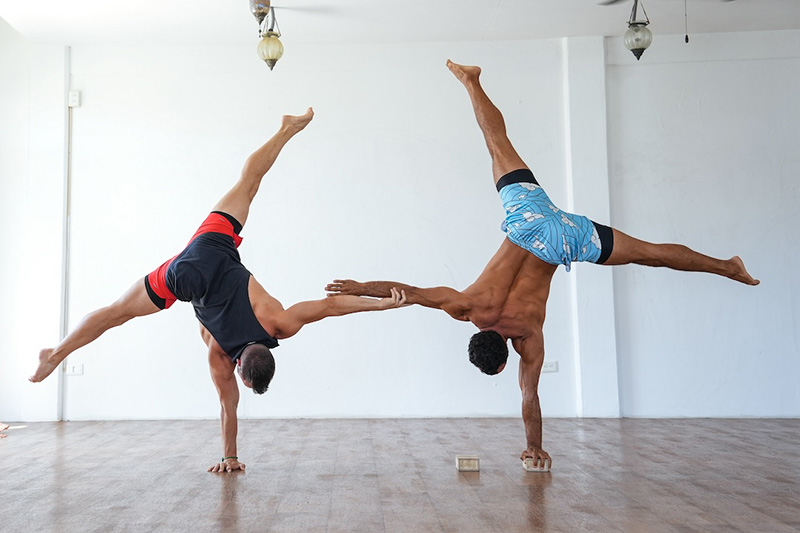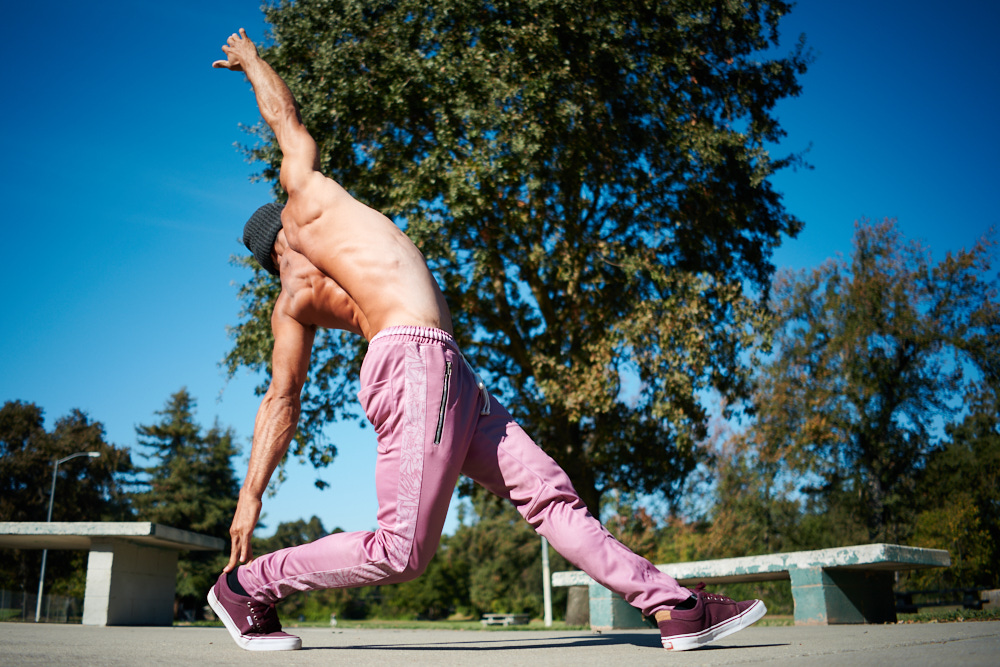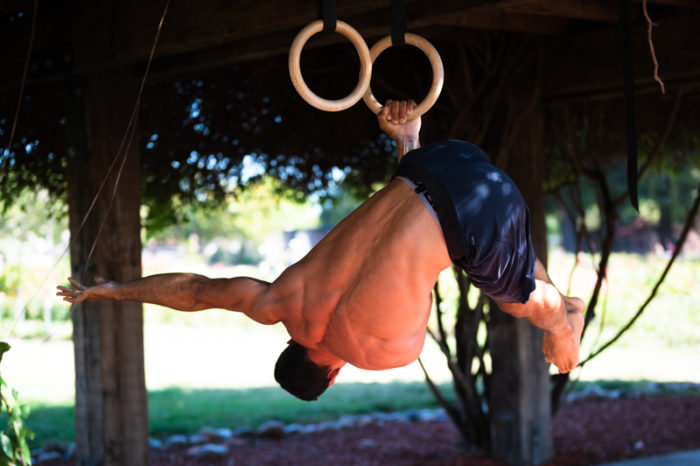WHAT DO I TEACH?
- I teach handstands, flexibility, bodyweight strength training for both the upper and lower body, and weight training.
- My main focus is always on quality of movement and understanding how to do exercises and progressions as the first priority.
- Progression in complexity and intensity will come as a result of mastery in technique and execution. Forcing what you cannot yet do into training regularly will only result in stagnation and injury.
HANDSTANDS
- Handstands are the gateway to bodyweight training.
- A significant degree of flexibility is required to train handstands efffectively. The mobility developed pursuing an efficient handstand position will translate across all of your movement.
- Many calisthenics skills, like the handstand push-up, require a stable handstand to execute effectively. Other activities like soft acrobatics, or sometimes known as ‘animal flow’ will also benefit from having a clear understanding and capacity to balance on your hands.
- Also, handstands are fun. They might not be for everyone, but once you start to get into them they are pretty addictive and I find them as fun to teach as I do to train them myself.
FLEXIBILITY/MOBILITY
- If you can’t get into a position comfortably, it is very hard to move into that position effectively and impossible to do it efficiently.
- I use mobility as a tool to increase capacity for movement and to better achieve efficient mechanics that lead to better recovery, higher training volume, and improved skill acquisition.
- A positive side effect of improving mobility and structural balance is a reduction in pain. I am not a doctor, but I see time and again that nagging injuries and issues that were previously trouble tend to fade away with improvements in this area.
- I use a methodical and steady approach to mobility. No 30 day get flexible fast programs here. Some will improve more quickly and others more slowly. We will work at your pace and progress with a methodical approach that avoids unnecessary injuries by forcing range of motion that is not yet ready for exposure to training stress.
STRENGTH TRAINING

- So what kind of strength do you actually need?
- A basic understanding of how to push and pull with your arms and how to squat, lunge, and hinge in the hips is essential.
- Outside of these basics it is much more a question of what you are interested in and what type of body you have. If your back is injured, then heavy weights probably aren’t the best idea. If you can’t squat effectively, then Olympic weightlifting probably needs to go on the back burner.
- I treat strength work, whether with bodyweight training or with weights, with the same care and detail that I apply to handstands and mobility work. The first priority is being able to achieve good positions and move through those positions consistently.
- As an understanding of positioning and execution is developed, the sky is the limit with strength training. Barbell strength, rings training, ground movement and soft acrobatics, single leg squat variations, loaded mobility work, it’s all in the game.
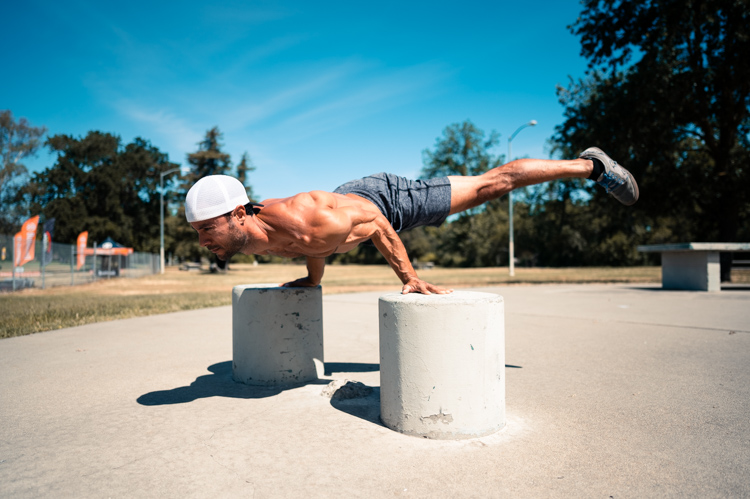
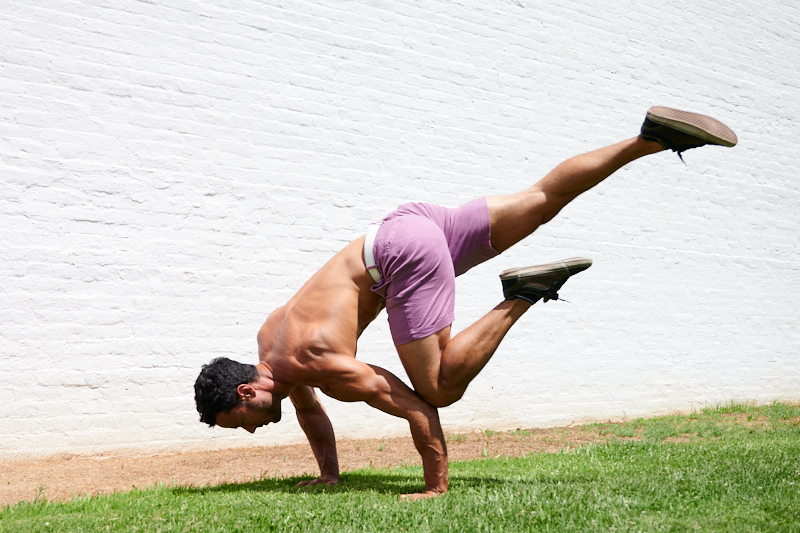
HOW DOES IT WORK?
- We start with a zoom call to speak face to face and review your goals and motivations for pursuing your physical development in a structured training program.
- From here create an assessment to review your movement ability and understand your starting point in relation to your training goals. This gives us point A and Z, so then the training plan will help us start the journey through B, C, D… as we develop over consecutive training cycles.
- Training programs will be delivered through the TrueCoach App. Here you will have clear demo videos, written explanations, and space to record training notes and upload videos for technical review and learning opportunities.
- You are expected to record your training weights, reps, sets, time durations, and upload key videos for review, as part of your responsibilities as a student.
- Each training cycle we will gain more information and make progress. Subsequent training cycles will be designed to advance the areas that are improving quickly and address limitations that we may find are inhibiting progress in other areas.
- Throughout this process of training and review we will have zoom check-ins every 4-6 weeks to clarify training goals and be sure we are staying on the same page with the workouts.
WHAT DO I TEACH?
- I teach handstands, flexibility, bodyweight strength training for both the upper and lower body, and weight training.
- My main focus is always on quality of movement and understanding how to do exercises and progressions as the first priority.
- Progression in complexity and intensity will come as a result of mastery in technique and execution. Forcing what you cannot yet do into training regularly will only result in stagnation and injury.
HANDSTANDS
- Handstands are the gateway to bodyweight training.
- A significant degree of flexibility is required to train handstands efffectively. The mobility developed pursuing an efficient handstand position will translate across all of your movement.
- Many calisthenics skills, like the handstand push-up, require a stable handstand to execute effectively. Other activities like soft acrobatics, or sometimes known as ‘animal flow’ will also benefit from having a clear understanding and capacity to balance on your hands.
- Also, handstands are fun. They might not be for everyone, but once you start to get into them they are pretty addictive and I find them as fun to teach as I do to train them myself.
FLEXIBILITY/MOBILITY
- If you can’t get into a position comfortably, it is very hard to move into that position effectively and impossible to do it efficiently.
- I use mobility as a tool to increase capacity for movement and to better achieve efficient mechanics that lead to better recovery, higher training volume, and improved skill acquisition.
- A positive side effect of improving mobility and structural balance is a reduction in pain. I am not a doctor, but I see time and again that nagging injuries and issues that were previously trouble tend to fade away with improvements in this area.
- I use a methodical and steady approach to mobility. No 30 day get flexible fast programs here. Some will improve more quickly and others more slowly. We will work at your pace and progress with a methodical approach that avoids unnecessary injuries by forcing range of motion that is not yet ready for exposure to training stress.
STRENGTH TRAINING
- So what kind of strength do you actually need?
- A basic understanding of how to push and pull with your arms and how to squat, lunge, and hinge in the hips is essential.
- Outside of these basics it is much more a question of what you are interested in and what type of body you have. If your back is injured, then heavy weights probably aren’t the best idea. If you can’t squat effectively, then Olympic weightlifting probably needs to go on the back burner.
- I treat strength work, whether with bodyweight training or with weights, with the same care and detail that I apply to handstands and mobility work. The first priority is being able to achieve good positions and move through those positions consistently.
- As an understanding of positioning and execution is developed, the sky is the limit with strength training. Barbell strength, rings training, ground movement and soft acrobatics, single leg squat variations, loaded mobility work, it’s all in the game.



HOW DOES IT WORK?
- We start with a zoom call to speak face to face and review your goals and motivations for pursuing your physical development in a structured training program
- From here create an assessment to review your movement ability and understand your starting point in relation to your training goals. This gives us point A and Z, so then the training plan will help us start the journey through B, C, D… as we develop over consecutive training cycles.
- Training programs will be delivered through the TrueCoach App. Here you will have clear demo videos, written explanations, and space to record training notes and upload videos for technical review and learning opportunities.
- You are expected to record your training weights, reps, sets, time durations, and upload key videos for review, as part of your responsibilities as a student.
- Each training cycle we will gain more information and make progress. Subsequent training cycles will be designed to advance the areas that are improving quickly and address limitations that we may find are inhibiting progress in other areas.
- Throughout this process of training and review we will have zoom check-ins every 4-6 weeks to clarify training goals and be sure we are staying on the same page with the workouts.
COST
1-1 coaching is $400/month or $1080/3 months.
Both plans function on automatic recurring billing. There is no pausing during the three month billing cycle.
LET’S TALK
If you’re ready to get started, let’s get connected. Fill out the application by clicking the link below and I’ll get back to you right away to set up our first call to discuss your goals and the training process in greater detail.
